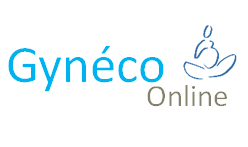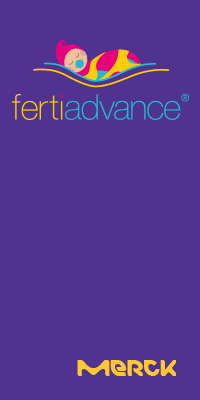An Update of Assisted Reproductive Technologies

Joyce HARPER
In the last 40 years since the birth of Louise Brown, assisted reproductive technologies (ART) has come a long way, accounting for approximately 3-4% of live births in many countries. In this talk I summarized some key issues from the past, present and future.
For the laboratory, how we culture the gametes and embryos has been an intensive area of research and development as the lab is key to the success of ART. In the past our labs were very similar to any standard tissue culture lab with bench top incubators and we made our own simple culture media. But since the 1980s, we have seen an explosion in the commercial media market. This is a great advance in many ways, including the production of sequential media and CE marking, but with some publications showing differences in birth weight between different media, it is time to take culture media seriously (Sunde et al., 2016). We also have to consider our laboratory environment as this can stress the gametes and embryos. We have to be aware of the volatile organic components (VOCs) in the air, temperature, skill of the embryologists and type of incubators (Mortimer et al., 2018).
One of the key present issues with ART is commercialization. It is estimated that the industry is worth almost $27 billion. In some countries a number of ART cycles are publically funded but some countries, such as the UK, provide very limited funding. To ensure we are giving our patients the best service with evidenced based medicine, it is important to consider the adjuncts, or add-ons, that we may ask them to pay for. An adjunct is defined as any technique that is a variation or add-on from the ‘normal’ IVF cycle (Harper et al., 2017). Through my work with the Human Fertilisation and Embryology Authority, we have produced a list of adjuncts and rated them according to a traffic light system (HFEA, 2017). Assisted hatching, intrauterine culture, preimplantation genetic testing for aneuploidy (PGT-A)(using cleavage stage biopsy) and reproductive immunology tests and treatments get a red light, meaning that there is no evidence that they will improve a patients success (live birth). All of the other adjuncts are rated with amber which means there is limited evidence but not enough to routinely offer the treatment. These adjuncts can cost thousands of euros and patients must be made aware of the lack of evidence of their success.
And where is the future taking us? With the increase in the age of first conception globally, will we see educated women receiving a graduation present of a visit to the ART clinic to have her eggs frozen? Will we see an increase in the use of PGT globally – it now accounts for 21% of ART cycles in the USA, but only 1% in the UK (Theobald et al., submitted). Already companies offer PGT for eye colour, gender, and apparently coming soon for low IQ. The use of this technology is developing at a rapid pace, especially with the success of genome sequencing. It may soon be possible to determine the whole genetic code of an embryo, so we could choose those embryos that have the potential to be the healthiest or even most desired. And the week of the congress, we heard the announcement that the first genome edited babies have been born in China (Harper, 2018). I was part of the Nuffield Council on Bioethics working group on genome editing (Nuffield Council on Bioethics, 2018). Our report states we need public debate, legislation and to ensure that the procedure is safe. None of these have been done to date. It will be interesting to see how our grandchildren will be born.
References
Harper, J, Jackson, E, Sermon, K, Aitken RJ, Harbottle, S, Mocanu, E, Hardarson, T, Mathur, R, Viville, S, Vail, A, Lundin, K (2017) Adjuncts in the IVF laboratory: where is the evidence for ‘add-on’ interventions? Human Reproduction, 2(3):485-491. doi: 10.1093/humrep/dex004.
Harper (2018) The worlds first gene-edited babies, premature, dangerous and irresponsible. The Conversation https://theconversation.com/worlds-first-gene-edited-babies-premature-dangerous-and-irresponsible-107642
HFEA (2017) https://www.hfea.gov.uk/treatments/explore-all-treatments/treatment-add-ons/
Nuffield Council on Bioethics (2018) Genome editing and human reproduction http://nuffieldbioethics.org/wp-content/uploads/Genome-editing-and-human-reproduction-FINAL-website.pdf
Arne Sunde, Daniel Brison, John Dumoulin, Joyce Harper, Kersti Lundin, M. Cristina Magli, Etienne Van den Abbeel, Anna Veiga (2016) Time to take human embryo culture media seriously. Human Reproduction Oct;31(10):2174-82. doi: 10.1093/humrep/dew157. Epub 2016 Aug 23.
Mortimer D, Cohen J, Mortimer ST, Fawzy M, McCulloh DH, Morbeck DE, Pollet-Villard X, Mansour RT, Brison DR, Doshi A, Harper JC, Swain, JE, Gilligan AV (2018) Cairo consensus on the IVF laboratory environment and air quality: report of an expert meeting. RBM Online.
Theobald R, SenGupta S, Joski-Jethi C, Harper JC (submitted), The current status of preimplantation genetic testing in the UK and USA







